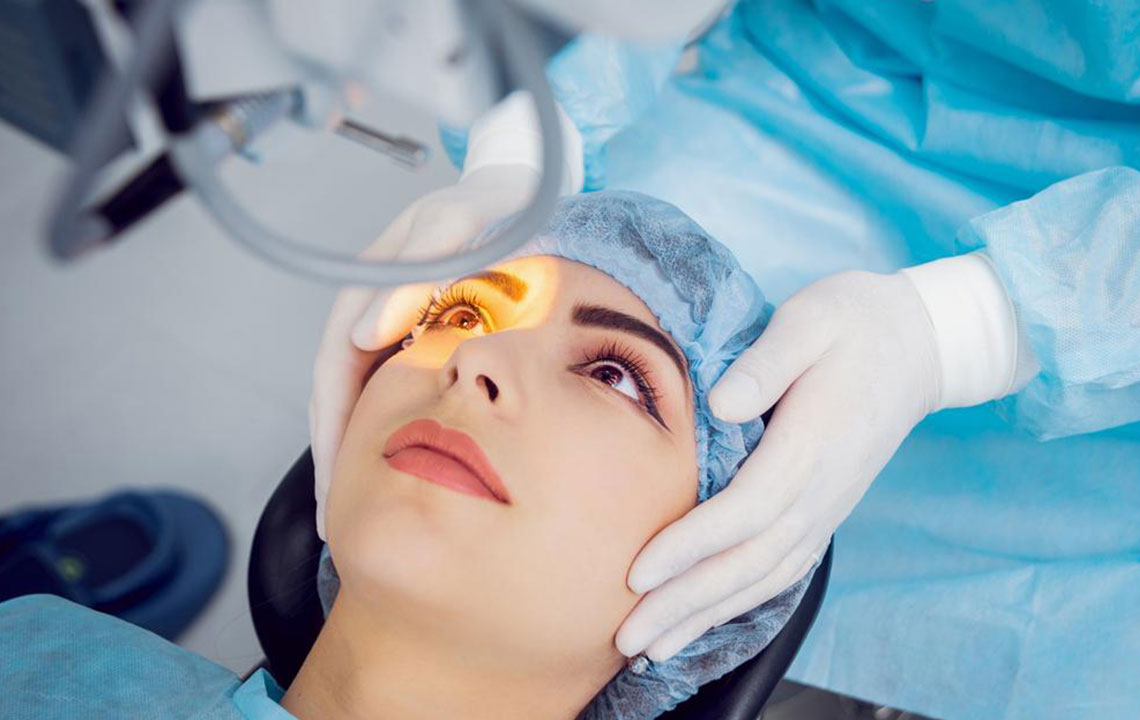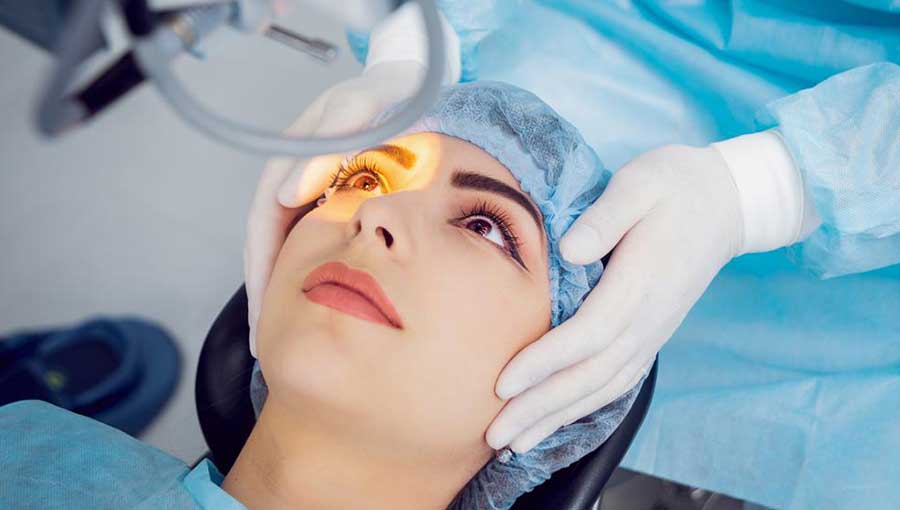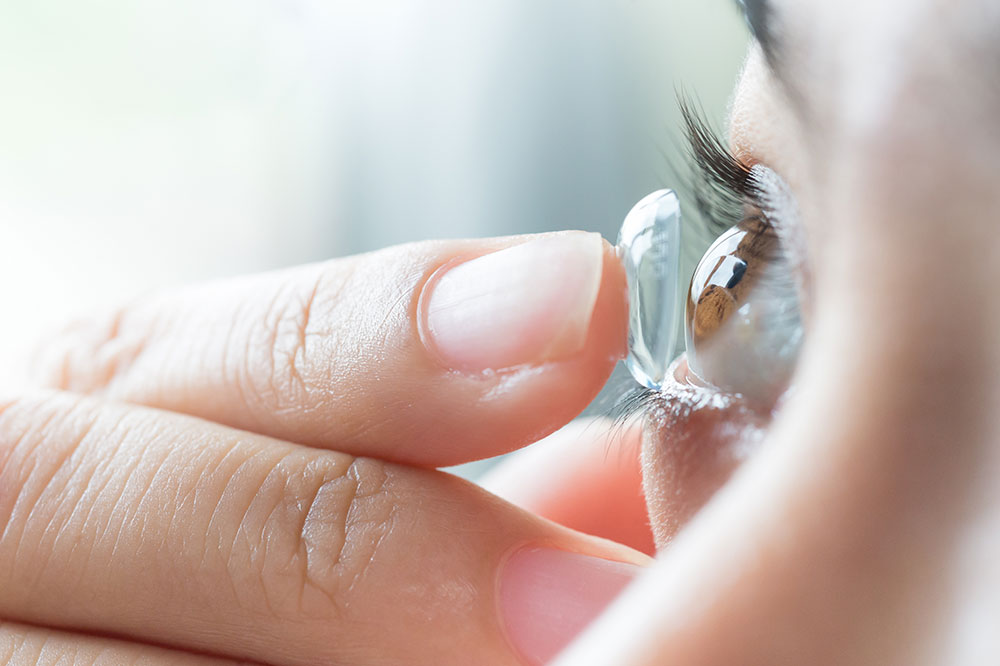Comprehensive Guide to Cataract Surgery Costs and Treatment Choices
This comprehensive article provides detailed information about cataract surgery, including costs, treatment options, and insurance coverage. It guides patients in understanding the factors influencing expenses and in choosing suitable treatment plans to restore clear vision effectively. Learn about intraocular lenses, surgical techniques, and how to make cataract surgery affordable with the help of insurance and financing options. Essential for older adults and those concerned about eye health, this guide empowers readers to make informed decisions about managing cataracts and maintaining optimal vision.

Comprehensive Guide to Cataract Surgery Costs and Treatment Choices
Cataracts are one of the most prevalent age-related eye conditions, affecting millions of individuals over the age of 60 worldwide. This condition involves the clouding of the eye’s natural lens, which leads to diminished vision and can significantly impair daily activities if left untreated. While initial management often includes conservative approaches such as medications, eye drops, prescription glasses, and anti-glare devices, these methods mainly aim to delay the progression of the condition rather than cure it. Eventually, as the cataract progresses to a severe stage, surgical intervention becomes necessary to restore clear vision and improve quality of life.
Understanding the costs associated with cataract surgery is essential for patients to make informed decisions about their eye health. The total expense of the procedure can vary widely based on multiple factors, including the choice of intraocular lens (IOL), the geographical location of the hospital or clinic, the experience and reputation of the ophthalmologist, and the specific surgical techniques employed. Additionally, insurance coverage plays a crucial role in making this life-changing surgery affordable for most individuals.
This comprehensive guide explores the different treatment options available for cataracts, outlines the factors influencing the cost of surgery, and discusses how various insurance plans help offset these expenses. Whether you are approaching the age where cataracts are common or simply seeking to understand more about this condition, this article provides valuable insights into each aspect of cataract management, ensuring you have all the necessary information to make well-informed healthcare decisions.
Age-related eye health and cataracts
Factors affecting cataract surgery costs
Types of intraocular lenses and their pricing
Insurance coverage and financial assistance options
What Are Cataracts and How Do They Affect You?
Cataracts develop gradually over time, primarily affecting older adults, although youthful cases can occur due to injury, illness, or genetic factors. The clouding of the eye’s lens impedes light from entering effectively, resulting in blurred vision, glare sensitivity, and difficulty seeing clearly at night. If left untreated, cataracts can lead to significant visual impairment or even blindness, severely impacting daily activities like reading, driving, and recognizing faces.
Early signs of cataracts often include misty vision, reduced color perception, and increased sensitivity to bright lights. Because these symptoms can be subtle initially, regular eye exams are essential, especially for older adults or those with risk factors. Monitoring the progression of the cataract helps determine the appropriate timing for intervention.
Conservative Management Versus Surgical Intervention
In the initial stages, doctors may recommend conservative measures to improve vision and delay the need for surgery. These therapies include prescription glasses to compensate for visual deficits, eye drops to manage associated symptoms, and anti-glare or magnifying lenses to facilitate daily activities. Lifestyle modifications, such as improved lighting conditions and avoiding glare, can also help. However, these measures are temporary solutions, and as the cataract matures, patients often require surgical removal to regain clear vision.
The decision to proceed with surgery is typically based on the severity of vision impairment and its impact on quality of life. Modern cataract surgery boasts high success rates, minimal risks, and rapid recovery times, making it the preferred treatment for most patients when conservative methods no longer suffice.
Understanding Cataract Surgery and the Role of Intraocular Lenses
Modern cataract removal surgery involves replacing the cloudy natural lens with a clear artificial intraocular lens—commonly known as an IOL. The most popular procedure is phacoemulsification, a minimally invasive technique that uses ultrasound waves to break up the cloudy lens, which is then gently removed through a tiny incision. The IOL is then precisely placed in the eye to restore focusing ability.
The type of intraocular lens selected can significantly influence the overall cost of the surgery. Options range from standard monofocal lenses, which correct vision at one distance, to advanced multifocal or accommodating lenses that provide a broader range of vision, potentially reducing the need for corrective glasses after surgery.
Cataract Surgery Costs: What Influences the Price?
The costs associated with cataract surgery are multifaceted. Typically, the total expense includes surgeon fees, hospital or surgical center charges, the cost of the intraocular lens, pre-operative and post-operative examinations, and any necessary medications. Several factors affect these costs:
Type of intraocular lens: Standard monofocal lenses tend to be less expensive, whereas premium lenses such as multifocal or accommodating lenses carry higher costs due to their advanced technology.
Hospital or surgical center location: Urban centers and renowned hospitals may charge more for their facilities and services compared to smaller clinics or facilities in rural areas.
Surgeon’s experience and reputation: Experienced surgeons with specialized training often charge higher fees but may provide additional confidence through proven expertise.
Additional services and tests: Pre-operative assessments, anesthesia, and post-operative care can influence the overall budget.
Insurance Coverage and Financing Options
Many health insurance plans, including Medicare in the United States and other national healthcare systems, often cover most or all of the costs associated with cataract surgery. However, coverage details depend on the policy specifics, the type of intraocular lens used, and whether the procedure is performed in-network or out-of-network. Patients are encouraged to verify coverage and out-of-pocket expenses before scheduling surgery.
In cases where insurance coverage is limited, patients might explore financing plans, medical loans, or payment plans offered by healthcare providers. Additionally, some surgical centers provide discounts or packages for combined procedures or for patients paying out-of-pocket.
Preparing for Cataract Surgery
Pre-operative preparation involves comprehensive eye examinations, including measuring eye parameters for selecting the appropriate IOL. Patients are usually advised to arrange transportation on the day of surgery and follow specific instructions regarding medication use and fasting if required.
Post-surgery, patients typically experience rapid recovery, with most regaining functional vision within a few days. Follow-up visits ensure proper healing and help address any complications promptly.
Choosing the Right Treatment and Provider
Deciding on the best treatment option involves considering various factors, including the type of intraocular lens, cost, surgeon expertise, and personal preferences. Patients should consult with qualified ophthalmologists who can offer personalized recommendations based on individual needs and eye health status.
Researching reputable surgical centers and reading patient reviews can help in selecting a trusted provider. Ensuring the clinic maintains high standards of care and technology can significantly impact surgical outcomes and patient satisfaction.
Conclusion
Cataracts are an age-related condition that, while common, can substantially impair vision if untreated. Early detection, conservative management, and timely surgical intervention are essential to preserving eyesight and maintaining quality of life. Understanding the costs involved and exploring insurance benefits and financing options can make cataract surgery more accessible. With advances in surgical techniques and improved intraocular lenses, patients today can look forward to effective treatments with minimal risks, rapid recovery, and enhanced visual outcomes.
Stay proactive about eye health by scheduling regular check-ups, especially as you age, and consult with qualified ophthalmologists to determine the best course of action for your visual needs.





